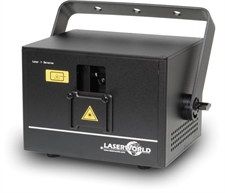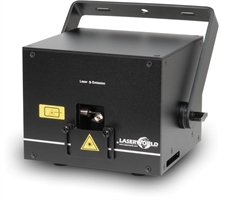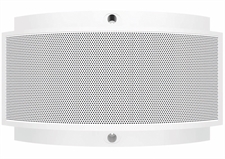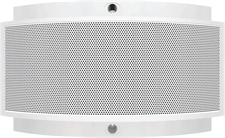Professionelt lyd- og lysudstyr
Velkommen til Disconetto, Danmarks ældste webshop inden for lyd- og lysudstyr. Vi har mere end 20 års erfaring med at levere kvalitetsprodukter og professionel rådgivning til både private og professionelle brugere. Uanset om du søger udstyr til koncerter, events, diskoteker, fester eller hjemmebrug, finder du et stort udvalg af pålidelige mærker og innovative løsninger her hos os.
Hos Disconetto forstår vi vigtigheden af at vælge det rigtige udstyr, der passer præcist til dine behov. Med vores mange års erfaring og ekspertise er vi klar til at hjælpe dig med at sammensætte det perfekte setup – uanset om du er nybegynder eller erfaren bruger. Har du spørgsmål eller brug for hjælp, kan du altid kontakte os via mail, chat eller telefon, hvor vores dedikerede team står klar til at give dig personlig og kompetent vejledning.
















